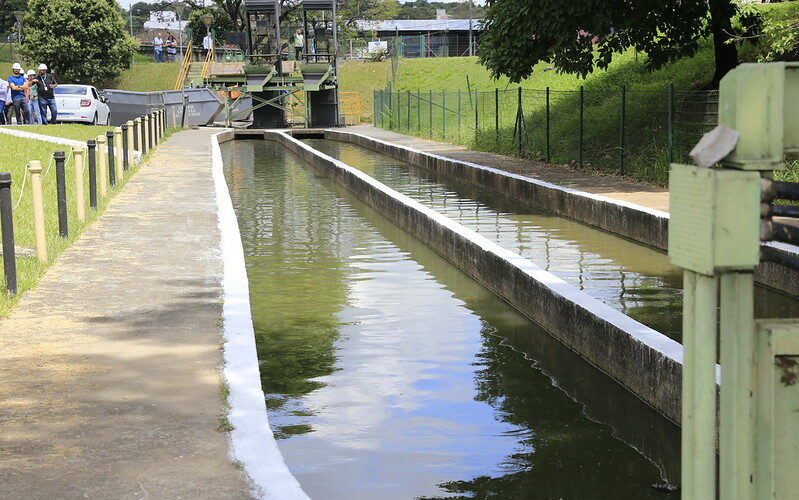The Triumphs of a Halfway House Resident
Boca Recovery Center is here to provide the best quality care in the treatment of drug and alcohol addiction. Our free email newsletter offers guidance from top addiction specialists, inspiring sobriety stories, and practical recovery tips to help you or a loved one keep coming back and staying sober. Every halfway house will have its own unique rules, but these rules are relatively common among halfway homes. Halfway houses have a time limit of 12 months maximum residency, which is different from sober homes’ time limit.
- You can expect to spend anywhere between a few hundred to a few thousand dollars at a halfway home.
- David Beasley is a compassionate leader and the visionary founder of Design for Recovery Sober Living Homes, where he dedicates his life to helping individuals reclaim their lives from addiction.
- Suppose you or your loved one feels the need to continue living in a sober community environment after your stay at a halfway home.
Also note that in some states (e.g., Texas), halfway houses only serve parolees.13 So it may be helpful to note how your state defines the term before you consider a halfway house as a recovery option. In my opinion, this is one of the TOP resources that contributed to saving my son’s life. Staff and managers go above and beyond to make sure your transition after detox or rehab is as smooth as possible. If you’re truly committed to your recovery, then this is the place for you. Choosing a sober living home in Los Angeles for my son was the best decision I could have made. The average length of time that a person will spend in a halfway house is between three months and a year.
Employment assistance and life skills training
Sober living homes typically cost between $100 and $250 per week, depending on where you live. On the other hand, a sober living facility emphasizes transitional living, preparing residents for a life of sobriety outside the facility. Life skills training is typically 1–3 times a week in sober living homes, ensuring residents are equipped to handle real-world challenges. Halfway houses are often state-funded and provide a space for people coming out of incarceration and who underwent a drug treatment program during their incarceration. Most of these homes have a zero-tolerance approach to drugs and alcohol use.
Federal prisoners are usually only approved for 12 months, but there is no limit to how long a federal prisoner may be placed in a halfway home. Finally, rehab is not a prerequisite requirement to sign up for a sober home, but residents of halfway houses must have completed rehab before their stay. Most of the problem, involving the warehousing of people seeking rehab for alcohol or drug addiction in private, mostly unlicensed homes, has been centered in the East Valley. The residents of a sober living home, aside from the manager, must be actively participating in a recovery program. All residents are prohibited from consuming alcohol or nonprescription drugs.
Living Environment at Sober Living Homes
Halfway houses and sober living homes are terms that are often used interchangeably. While they both offer a safe and supportive living environment that is alcohol- and drug-free, there are some notable differences. While many sober living environments and recovery residents are commonly called halfway houses, a true halfway house is a midpoint between treatment or incarceration and reintegration to society. They are often state-run or sponsored, and residents can be court-mandated to live there. Sober living houses, or recovery homes, are somewhat different from halfway houses. Sober recovery residences can be run by businesses, religious groups, or private individuals, while halfway homes are government-funded.
Some facilities, like community-based correctional facilities, can serve dual functions that blur the lines of what facilities are and are not halfway houses. For instance, a community-based corrections facility might primarily house people who have been ordered to serve their full sentences at the facility, but also house some individuals who are preparing for release. In our appendix table, we attempt to break down which of those 527 facilities https://ecosoberhouse.com/ fall under our “halfway houses in the criminal justice system” definition, and which facilities primarily serve other purposes. Halfway houses provide more freedom to residents than inpatient treatment programs. However, they still offer more structure and a larger support system than independent living. My son Zachary was at his breaking point his mother and I had sent him to multiple rehabilitation centers and other sober livings.
What Are Sober Living Homes?
Apart from substance-related rules, there is an emphasis on community participation as well. Attendance at house meetings where issues related to daily life are discussed halfway house activity helps foster camaraderie among residents sharing similar struggles. If you or someone you know is struggling with substance abuse, contact us for help today.
This is particularly true for individuals who see personal space as a crucial part of their recovery process. Some halfway houses require residents to pass a drug screening and breathalyzer test, as they’re not equipped to deal with withdrawal symptoms or delirium tremens. These facilities are ideal for those who’ve gone through a medical detox and, most likely, an inpatient or outpatient treatment program. Unlike sober living homes, halfway houses are state-funded programs that often carry a long waiting list and require a court order.






